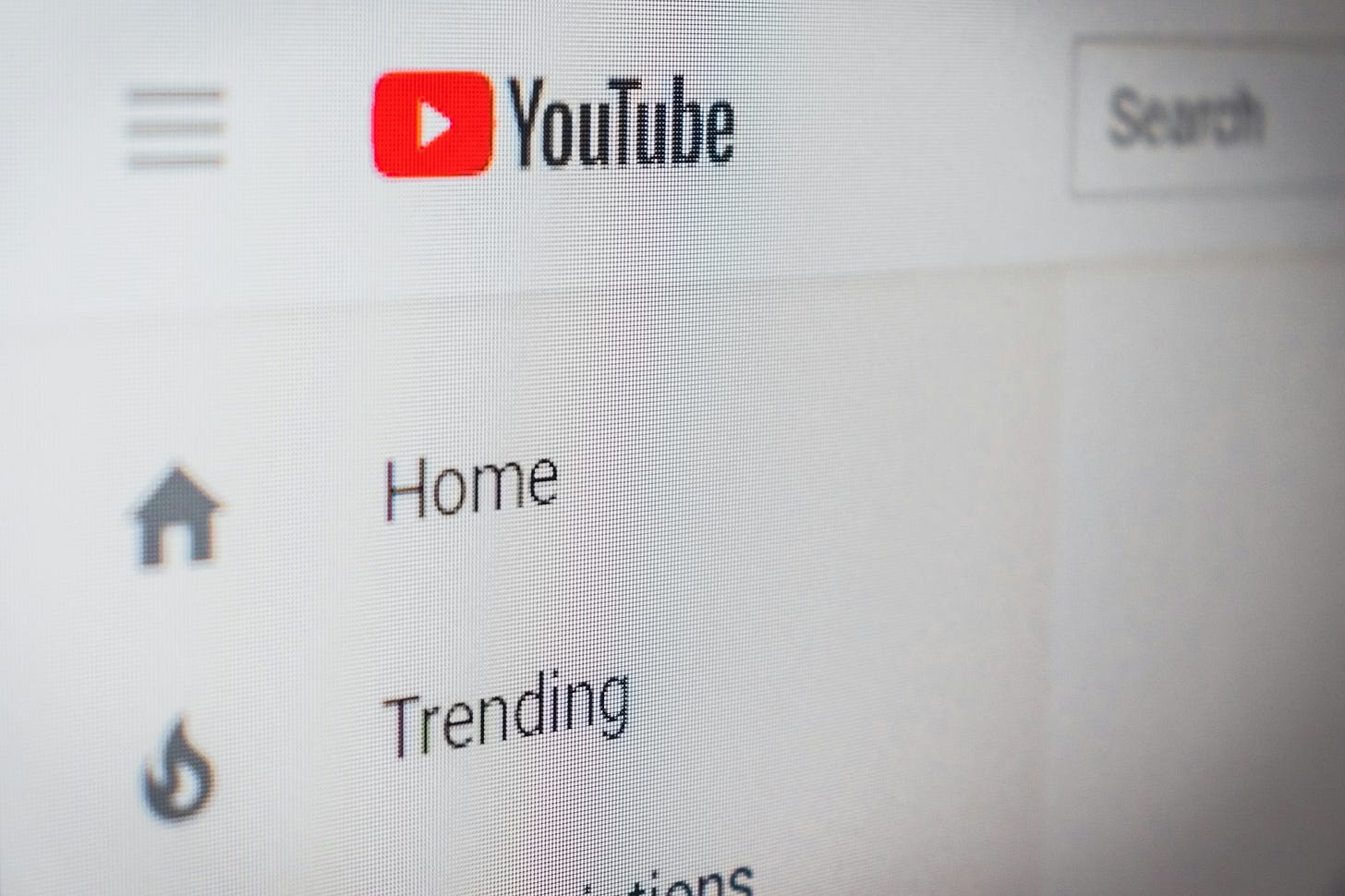YouTube: A Love-Hate Relationship with the Algorithmic Beast
YouTube has become an integral part of our daily lives, with billions of videos at our fingertips. However, the platform's reliance on algorithm recommendations has led to a frustrating and often misleading user experience

YouTube has become an integral part of our daily lives, with billions of videos at our fingertips. However, the platform's reliance on algorithm recommendations has led to a frustrating and often misleading user experience. Despite my best efforts to curate my feed, I find myself stuck in a cycle of returning to YouTube, even though I know most of the content is, frankly, hot garbage.
The Algorithm: A Double-edged Sword
At its best, YouTube's algorithm curates a personalized stream of content that caters to our interests and curiosities. However, for many users, the reality could be better. The algorithm often prioritizes engagement over quality, leading to misleading thumbnails, sensationalist titles, and content aimed squarely at beginners.
The ubiquitous "open-mouth reaction" thumbnail is one of the most pervasive annoyances. These exaggerated expressions are designed to capture attention but often lead to videos that don't deliver on their promise. The algorithm's emphasis on click-through rates and watch time means that sensationalism usually trumps substance, leaving viewers with a sense of bait-and-switch.
Misleading Content and the Beginner's Trap
A significant portion of YouTube content seems to be aimed at novices. Whether it's tutorials, reviews, or how-tos, the information often skims the surface, catering to beginners and leaving more advanced users unsatisfied. This beginner-centric focus is partly a result of the algorithm's preference for broad appeal, which often overlooks niche or in-depth content.
Moreover, misleading content is rampant. Titles and thumbnails promise groundbreaking insights or shocking revelations, only to deliver shallow or irrelevant content. This bait-and-switch tactic is a direct consequence of the algorithm's design, which rewards videos that draw clicks and maintain viewer retention, regardless of the content's actual value.
The Struggle to Train the Algorithm
Many users, myself included, have tried to outsmart the algorithm. We diligently like, comment, and subscribe to channels that align with our interests, hoping to train YouTube to recommend suitable videos. Yet, the algorithm often seems stubbornly resistant to our efforts, repeatedly surfacing irrelevant or low-quality content.
This struggle can feel like a losing battle. The algorithm's complexity and opacity mean that even the most well-intentioned efforts to shape our feed can fall flat. We are left navigating a platform where serendipity sometimes feels more reliable than personalization.
The Algorithm is the Problem
The root of the problem lies in YouTube's recommendation algorithm, which prioritizes engagement over quality. As a result, the platform is flooded with clickbait thumbnails featuring exaggerated reactions and titles that over-promise and under-deliver. Most content caters to beginners, lacking the depth and nuance that more experienced viewers crave.
One of the most egregious examples of this trend is the proliferation of reaction videos, which often feature creators with comically wide-open mouths in the thumbnails. These videos add little value, merely piggybacking on the success of others' content while contributing minimal original insight.
The Irresistible Allure
Despite its flaws, YouTube retains a magnetic pull. The vast and diverse content library means there's always something new to discover, and the potential for finding genuinely valuable or entertaining videos keeps us coming back. It's a testament to the platform's reach and influence that we find ourselves returning even amidst the frustrations.
Many YouTube users find themselves trapped in a vicious cycle. We know that most of the content is subpar, yet we can't seem to break free from the platform's grip. The occasional high-quality video keeps us coming back, hoping that the next recommendation will finally satisfy our craving for informative, engaging, and original content.
For many, YouTube has become an integral part of daily life. Whether for learning, entertainment or simply passing the time, the platform offers a unique blend of accessibility and variety that is hard to match. The convenience of having such a wide array of content available at any moment is a powerful draw that often outweighs the algorithmic annoyances.
Additionally, it's worth considering that people use YouTube for different purposes - some for entertainment, others for learning or keeping up with niche interests. What one person considers "hot garbage" might be what another user wants. The diversity of content, even if not always to your taste, makes YouTube such a widely used platform.
In the end, our relationship with YouTube is one of compromise. We accept the algorithmic missteps and the sea of misleading content because there is undeniable value beneath it. YouTube's strengths lie in its vastness and accessibility, providing a platform where everyone can find something that resonates with them, even if it takes a bit of digging.
As we continue to navigate this algorithm-driven landscape, the key is to embrace the imperfections and keep seeking out the gems hidden among the clutter. YouTube may be a flawed platform, but it continues to captivate and engage us, imperfections and all.
